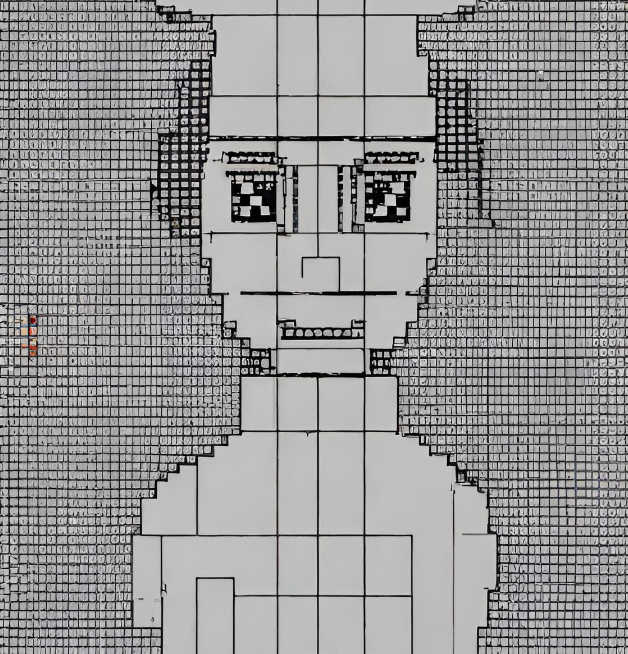What Are the Special Capabilities of NonlinearSolve.jl?
by
March 26th, 2025
Audio Presented by

We publish those who illuminate the path and make the intricate intuitive.
Story's Credibility

About Author
We publish those who illuminate the path and make the intricate intuitive.